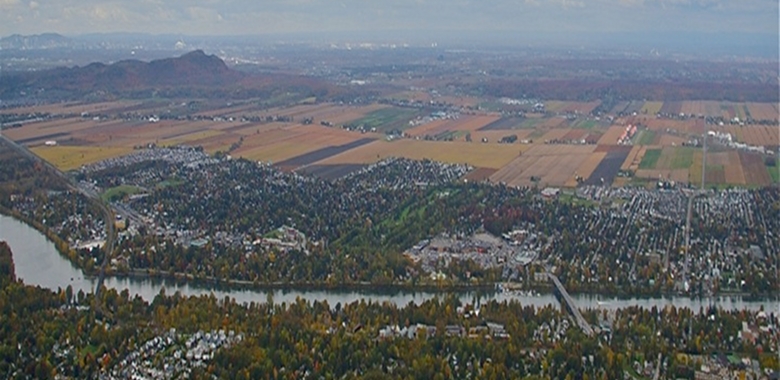Scale and ecosystem services: how do observation, management, and analysis shift with scale—lessons from Québec
New paper presents a novel analysis of how scale matter in ecosystem service assessment and proposes four aspects of scale that ecosystem service assessments should consider.

Photo: Elena Bennett
As part of a PECS special feature on Knowledge for Sustainable Stewardship of Social-ecological Systems in Ecology and Society, a recent paper by Ciara Raudsepp-Hearne and Garry Peterson systematically investigates how scale influences patterns of ecosystem services. Ecosystem services are produced, used, and managed at different scales, which matter for ecosystem service assessments, as well as for managers. This paper analyzes how the scale of observation affects results by mapping services at three different spatial scales in a case in southern Québec, Canada.
Their results demonstrate that although there is consistency in ecosystem service trade-offs and synergies across scales, changes in the scale of observation alters the bundles of ecosystem services that are identified in a landscape. The results also suggest that ecosystem services whose production is more evenly distributed, e.g. forest cover, will behave more consistently across scales, whereas those with patchier distributions, such as deer hunting, are more likely to require greater attention when choosing an assessment scale. Other considerations to improve ecosystem service assessments are e.g., that they should consider scale of both social and ecological processes, and that scale mismatches occur frequently and should be a focus of assessment. They identify four types of scale mismatches in their landscape: between production and benefit distribution, and between ecosystem management and production.
